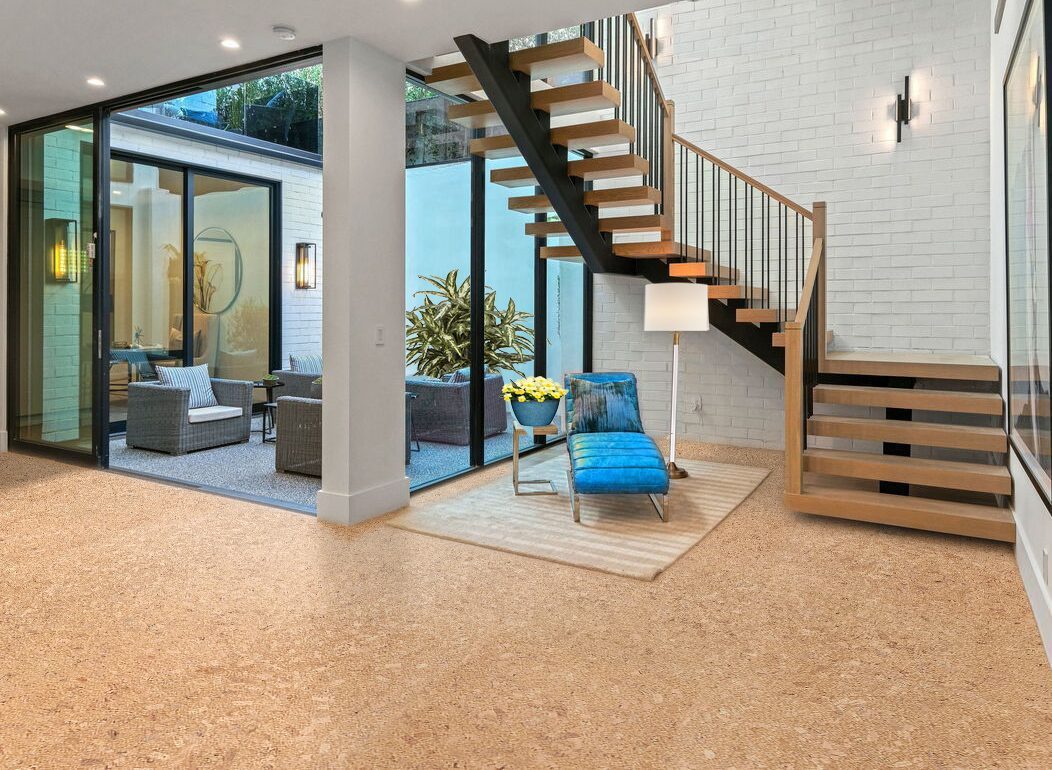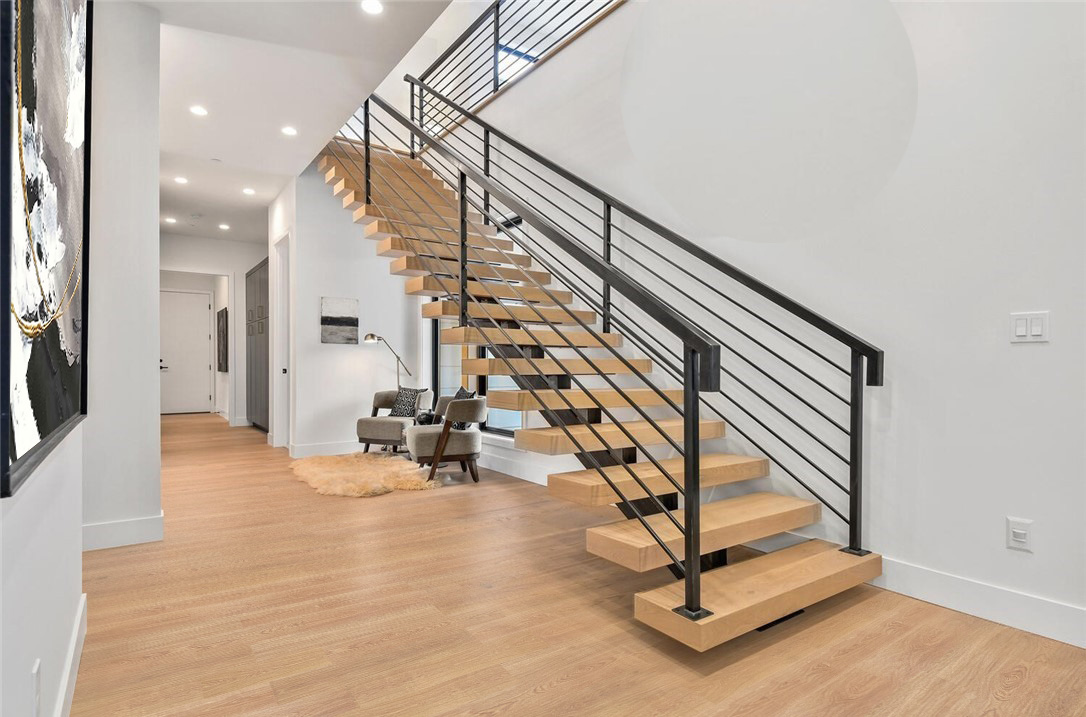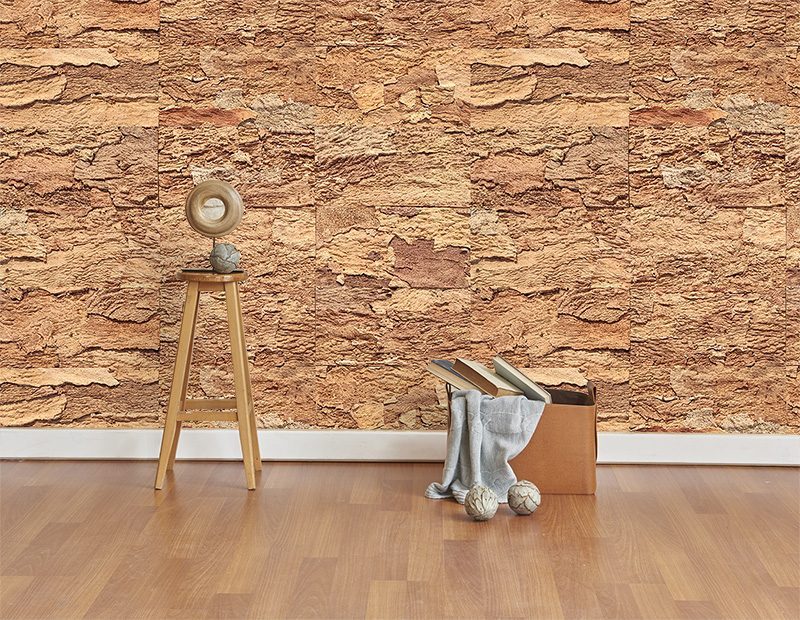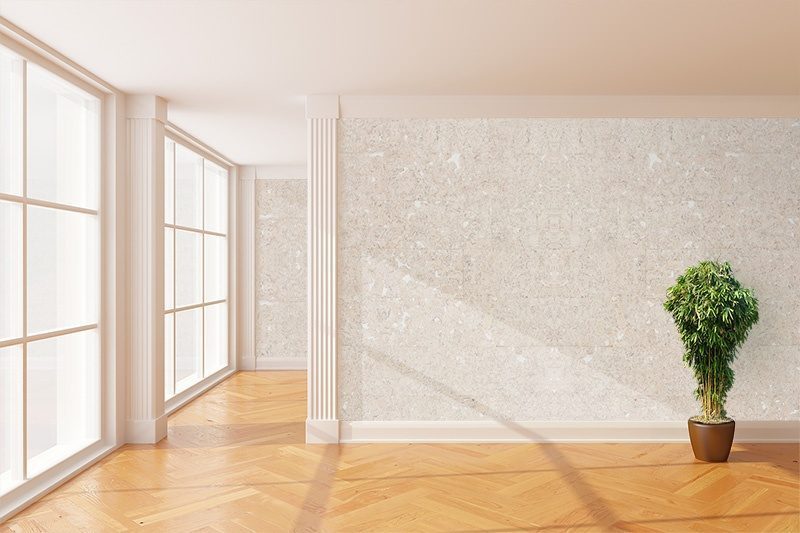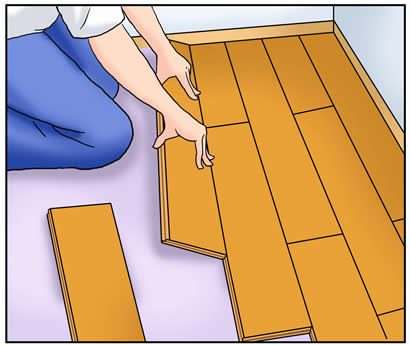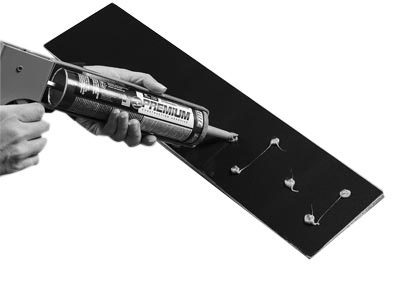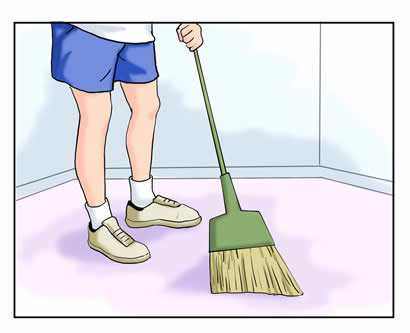About cork floors
By now you have read all about the many wonders of cork and cork floors products. You will have read that cork trees are not chopped down but “pealed” of their bark. This harvesting is done every 9-10 years in European cork forests. The Asian Cork oak is harvested, or stripped of its bark, every 12-15 years. This pealing or harvesting of bark prolongs the life of the tree; allowing the individual tree to live to 200 – 250 years of age. This harvesting is done using local, specialized labour. Cork harvesters are paid handsomely for their work which is why the skill is often passed down from family member to family member.
Once the cork is harvested the bark is allowed to dry for as much as 18 months before being moved onto the next phase of operation. The wine industry claims as much as 95% of the world’s cork production. Once the wine corks have been cut from the bark, the remaining husks are then sold on to the next buyer. The flooring industry purchases cork from multiple sources – often in the granulated format. These tiny grains, known as agglomerated cork, are then mixed with resin binders and pressed into sheets of different quality and density. The lowest quality or density is often used as cork floors boards or cork underlayment. The highest quality and density is used in the production of finished flooring.
The patterns associated with traditional cork floor come from larger pieces of cork bark thinly sliced and applied over top the agglomerated cork. This cork floor veneer is the wear surface of most cork floors. By utilizing multiple slicing techniques, multiple patterns can be achieved. The traditional block pattern and ribbon patterns are two such patterns that utilize large strips of cork bark. For these patterns, the granulated cork cannot be used. The more expensive solid pieces of bark must be purchased to produce these patterns. For this reason alone, a cork floor pattern that utilizes the block or ribbon patterns (can be seen in Forna’s “Leather” and “Birch” patterns) carry a premium price tag.
The newest technology in cork floors is printed cork flooring. This technology uses the same printing techniques seen in the laminate flooring industry and applies them to the cork floors industry. The medium end products will print directly onto specialty foil-paper and apply the foil to the granulated cork surface. Then finish is applied. The higher quality print-cork utilizes the more expensive “direct print” method. This method prints the high photograph directly onto the granulated cork surface. This reduces the concerns with bond failure between the cork and the printed image.
Cork flooring is quickly moving out of the specialty niche market and into the mainstream flooring market. Because of the advancements in building materials and the ease of installation of the floating floor planks, cork has gained a foothold in the “green building” industry.


